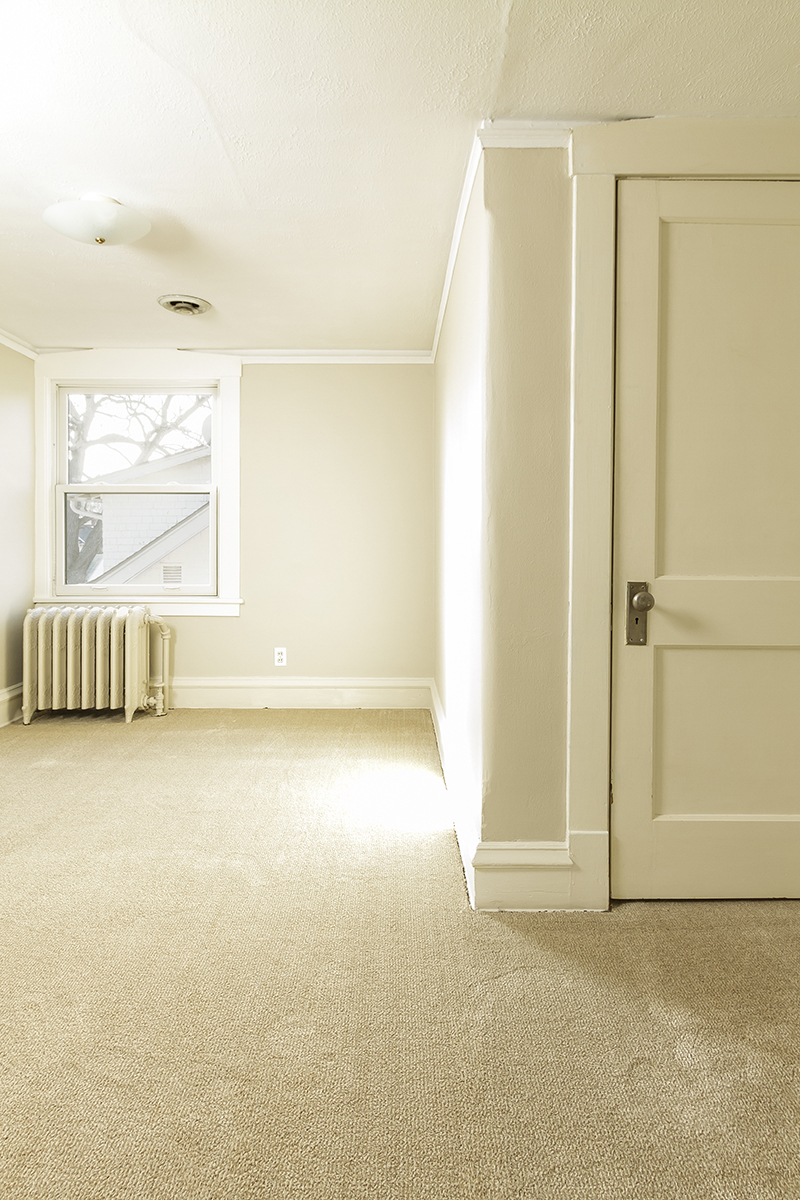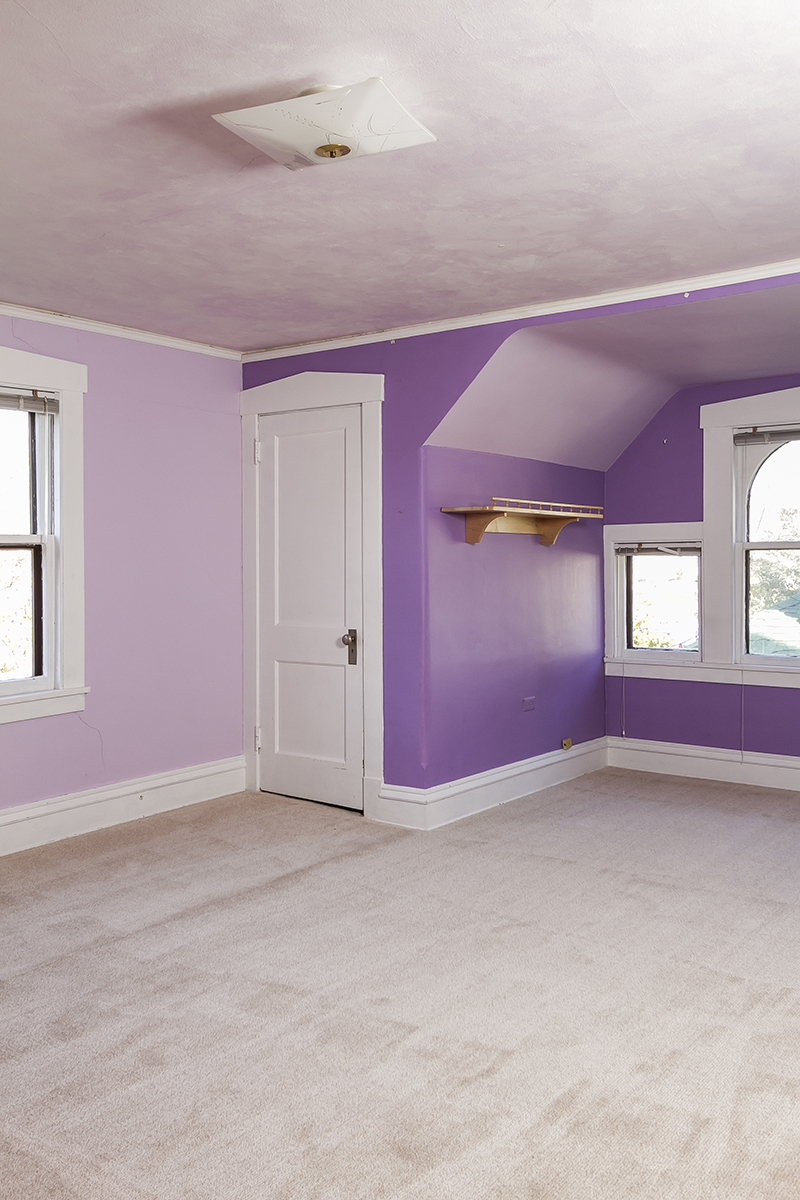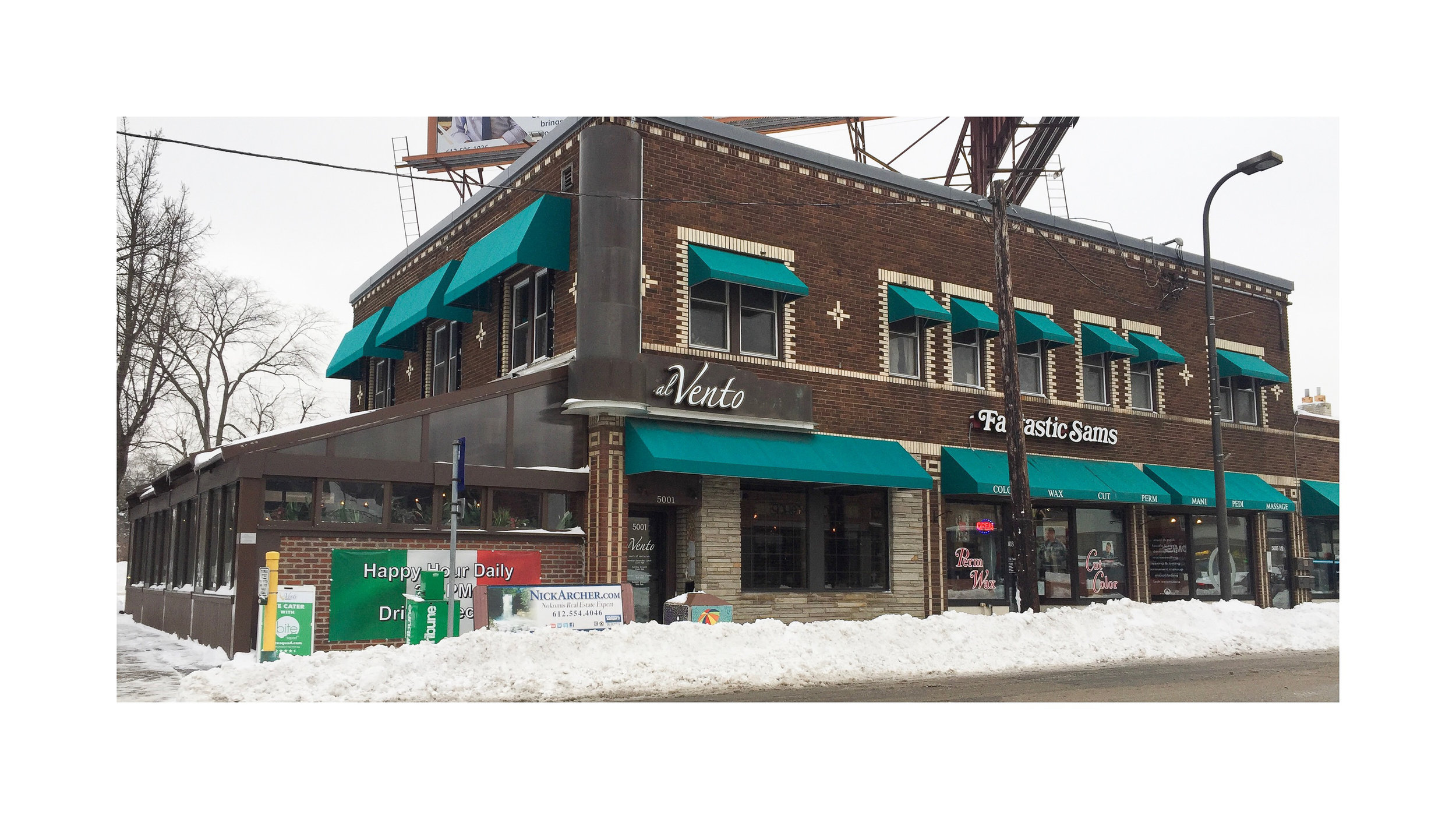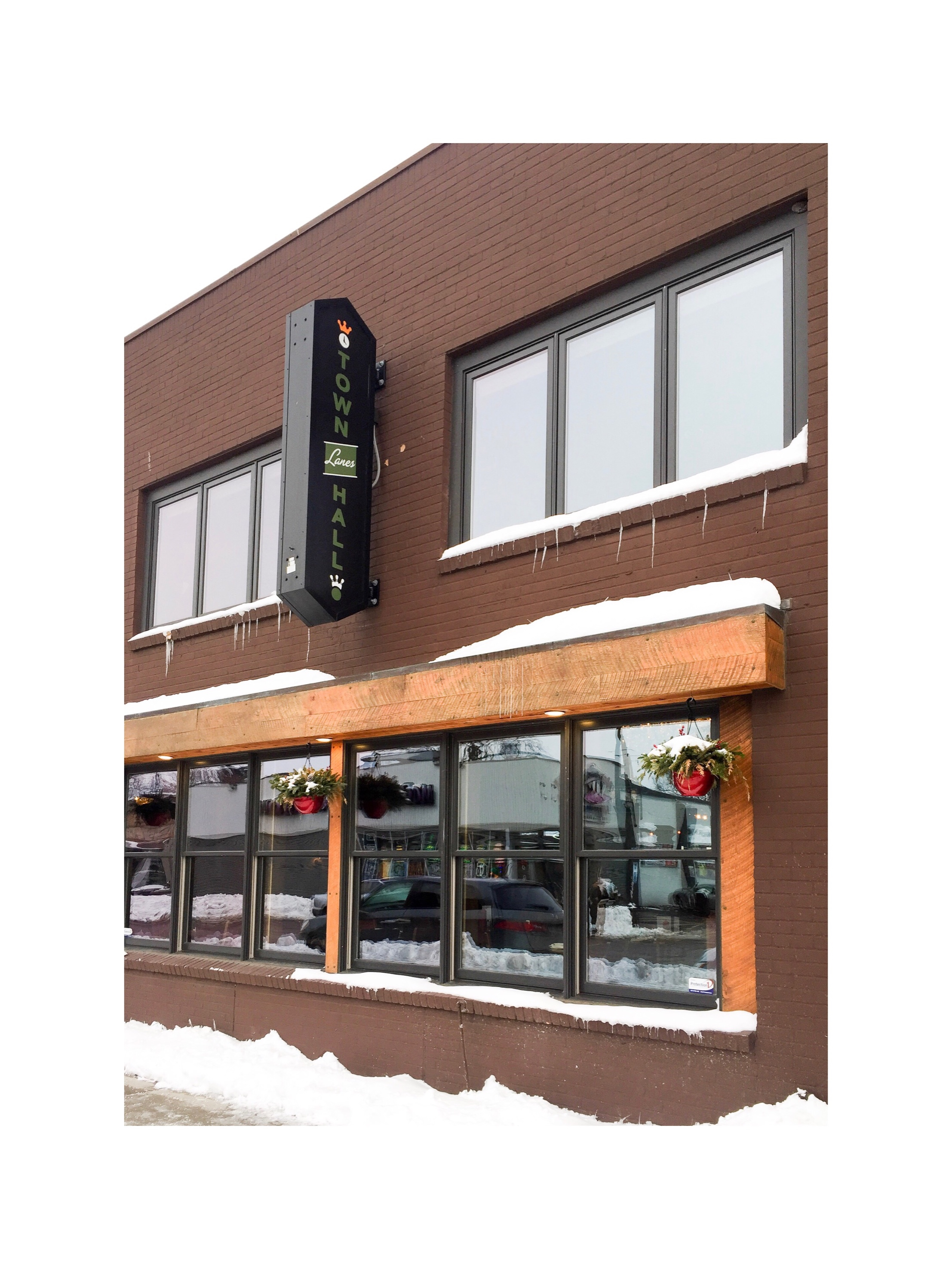The real estate industry in the U.S. has a racist history that includes both explicit policies and concealed yet common practices which have directly contributed to segregation and racial inequity still prevalent today. In cities across the country practices such as redlining, blockbusting and retooling deeds to restrict sales and occupancy based on race were common in our not-so-distant past. The Twin Cities were no exception.
Deed restrictions with racial language starting showing up in Minneapolis around 1910 and continued well into the 1950’s throughout the Twin Cities. What is a deed restriction, or covenant? It's a provision in a deed that limits what can be done with a property. For example, it might limit the number of outbuildings allowed, forbid home businesses, or require adherence to specific architectural styles or even paint colors. Covenants “run with the land” which means they apply to all current and future property owners.
Restrictive racial covenants specified who could or could not legally own or occupy a property based solely on race. For example, the first Hennepin County (1910) covenant reads ”premises shall not at any time be conveyed, mortgaged or leased to any person or persons of Chinese, Japanese, Moorish, Turkish, Negro, Mongolian or African blood or descent.”
Another common restriction stated, “the said premises shall not at any time be sold, conveyed, leased, or sublet, or occupied by any person or persons who are not full bloods of the so-called Caucasian or White race.” Though no longer enforceable, the use of these covenants combined with lender redlining (denying loans) created racial residential housing patterns in the Twin Cities that persist today; segregation of white and black neighborhoods throughout the metro is glaring.
Visualizing a Hidden History
The Mapping Prejudice team, a University of Minnesota affiliate, along with thousands of volunteers have been uncovering the history of these covenants through painstaking research, reading, and plotting of deeds on a county map. Hennepin County’s racial covenant map, the first of its kind in the county, is now complete. In an interactive visualization it reveals the spread of racially-restrictive deeds across the county from 1910-1955. Viewers can zoom in to identify specific blocks and lots or zoom out to witness the patterns of segregation emerge over time. Click here to explore the map.
Volunteer Opportunity
Similar work in Ramsey County is now underway. Mapping Prejudice is seeking volunteers to help build the next database which will be used to create a second interactive map. Volunteers have a couple of training options for getting started, both quite simple and available remotely. I was able to register within minutes, learn procedures for transcription via their easy-to-follow tutorial, and get started on my first deed right away. They also hold 1-hour weekly Zoom training sessions to teach the process.
Examples of Racial Covenants Found in Ramsey County
Racial covenant from Ramsey County, Frankson’s Como Park Addition of St. Paul | Nov. 22, 1916: “grantee can not sell or lease said real estate to a colored person.”
Racial covenant from Ramsey County, Steenberg's Parkview Addition | Oct 31, 1947: “No person of any race other than Caucasian race shall use or occupy any building or lot except that this covenant shall not prevent occupancy by domestic servants of a different race domiciled with an owner or tenant.”
Researching Your Home’s History
Property owners who wish to learn more about the history of their homes, specifically about existing racial restrictions, can request certified copies of deeds through their county recorder’s office. I’m currently awaiting mine from Ramsey County. Due to COVID-19 concerns, I was required to send a $10 check and written request through snail mail. In non-pandemic times, an in-person visit would of course be faster. Processes for obtaining the document will vary; call your county or check their website to learn more.
Keep in mind the age of your home when researching. So far the earliest racial covenant was dated 1910. If your home was built prior to that, it’s likely you don’t have a restriction. The same holds true for homes built after the mid-to-late 1950s. Also, if your property is recorded as Torrens (versus abstract) you may not find a restriction as the majority of racial covenants have already been removed (or will automatically be removed) upon the next transfer of title in the Torrens system.
Though the covenants are no longer legal and enforceable, Minnesota property owners now have the option to officially denounce them from the record by filling out the Discharge of Restrictive Covenant Affecting Protected Classes form and recording it at the county (with standard recoding fee). Hennepin County’s website lists detailed instructions for residents wishing to discharge existing racial covenants. Residents outside Hennepin should call their county recorder’s office for location-specific steps.
Resources
The Mapping Prejudice website is much more than the map. They’ve compiled a comprehensive list of resources — articles, books, presentations and videos as well as an Educator’s Toolkit tailored for online learning. Teachers of all levels can use this and other resources to engage students around the topic of structural racism as it applies to inequity in housing and the role of racial covenants. And if you haven’t seen it already, check out TPT’s Emmy award-winning documentary Jim Crow of the North to see a compelling overview of our region’s racist real estate policies and practices that led to massive discrepancies in housing still being experienced today.
Heidi Swanson is a Realtor® based in St. Paul, Minnesota. She writes a blog to share information on variety of topics including buying and selling, market conditions, homeownership trends, local events and more. Reach her at heidi@lyndenrealty.com or 651-503-1540.
Banner photo by Donny Jiang on Unsplash































































